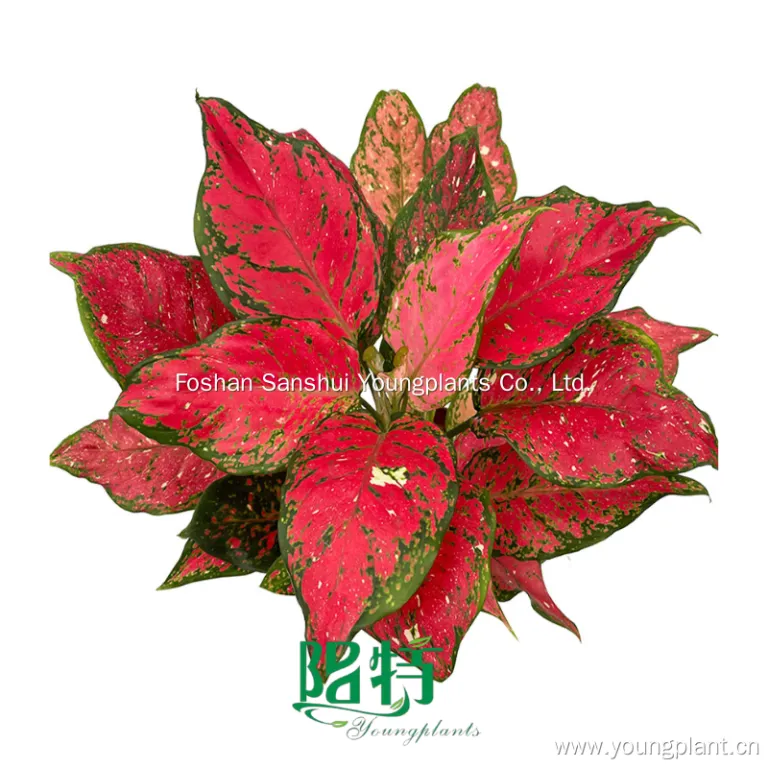Aglaonema, also known as Chinese evergreen, is a popular houseplant known for its beautiful foliage and easy care requirements. Traditionally, aglaonema plants have been propagated through methods such as division or stem cuttings. However, in recent years, tissue culture techniques have become more popular for growing aglaonema due to their numerous benefits.
Speed of Plant Production
One of the key differences between traditional propagation methods and tissue culture is the speed at which plants can be produced. With traditional methods, it can take several months for new plants to reach a desirable size for sale or propagation. In contrast, tissue culture allows for rapid multiplication of plants, with large quantities being produced in a fraction of the time. This can be particularly advantageous for commercial growers looking to produce a large number of plants quickly.
Disease-Free Plants
Another benefit of tissue culture is the ability to produce disease-free plants. Traditional propagation methods can sometimes lead to the transmission of diseases or pests from the parent plant to its offspring. Tissue culture, on the other hand, involves growing plant tissues in a sterile environment, minimizing the risk of contamination. This results in healthier, more uniform plants that are less susceptible to diseases.
Genetic Uniformity
Tissue culture also offers the advantage of producing genetically identical plants through a process known as cloning. This can be beneficial for growers looking to replicate specific traits or characteristics in their plants, such as unique leaf patterns or colors. With traditional propagation methods, there can be more variability in the offspring, making it harder to predict the outcome.
Year-Round Production
In addition, tissue culture allows for the production of plants year-round, regardless of season or weather conditions. Traditional propagation methods are often limited by factors such as temperature, humidity, and light levels, which can affect the success rate of propagation. Tissue culture, being an indoor and controlled environment technique, is not subject to these limitations, providing a more stable and reliable production method.
Conservation of Rare Species
Furthermore, tissue culture can also help conserve rare or endangered plant species by allowing for the rapid multiplication of plants from a limited number of specimens. This can be particularly important for conservation efforts and ensuring the survival of threatened plant species.
Limitations of Tissue Culture
While tissue culture offers many advantages over traditional propagation methods for growing aglaonema tissue culture, it is important to note that it also requires specialized equipment, expertise, and resources. The initial setup costs for a tissue culture facility can be high, and the process itself can be more labor-intensive compared to traditional methods.
Conclusion
In conclusion, tissue culture techniques for growing aglaonema offer numerous benefits compared to traditional propagation methods. From rapid multiplication and disease-free plants to genetic uniformity and year-round production, tissue culture provides a more efficient and effective way of producing high-quality plants. Despite the initial investment and labor involved, the long-term advantages of tissue culture make it an attractive option for growers looking to optimize their production processes.

